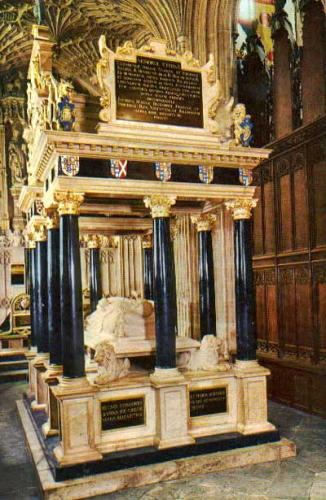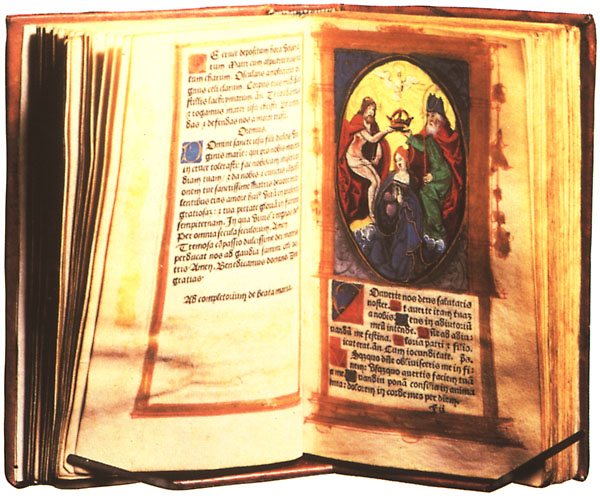 |
| Entrance to the Royal Geographical Society: A Gateway to All Things Exploring |
I am not surprised that I enjoyed this visit since I do have
a background. However I was surprised
about how little I knew which only brought new topics of interest to my
attention.
What I enjoyed most about this visit was the stories that
were told to us about each item. I never
took myself for someone who would be interested in geographical history. However seeing the items that were presented
left me absolutely engrossed by what I was witnessing at that moment. I was literally sitting in front of Henry Stanley’s
shoes. The same Henry Stanley who so famously said "Dr. Livingstone I presume". I was sitting in front of
David Livingstone’s hat. Wow. I did not expect to see the items that were shown to us. I expected to see maps and globes, which we did, but then we had this utterly fascinating objects shown to us which made
for great surprises. I would have to say that this was one of my top visits. I learned a
lot and discovered some new areas of interests that I otherwise never would
have explored further! Thank you Eugene
for giving a fascinating and informative presentation!
Dr. David Livingstone is one our greatest explorers of the
African continent. His contributions to
exploration encouraged the end of the slave trade, paved the way for discovering
the source of the Nile River and allowed the world to know about Africa. He exemplified the very core of what the
Royal Geographical Society was and is all about; “We encourage and enable the
benefits of geographical learning and skills, educating people of all ages for
life as global citizens in a rapidly changing world.”
 |
| Dr. David Livingstone |
http://www.google.com/imgres?q=dr+david+livingstone&um=1&hl=en&client=firefox-a&rls=org.mozilla:en-US:official&authuser=0&biw=1600&bih=728&tbm=isch&tbnid=JEmCBxpeUGTtdM:&imgrefurl=http://carmichaelwatson.blogspot.com/2011/02/surname-livingstone-or-mac-leigh.html&docid=pufkEp5pKoz3EM&imgurl=https://blogger.googleusercontent.com/img/b/R29vZ2xl/AVvXsEixDi7LGH9d2qCVwxgwVtI_VhScIelTFOtudn7LMaX3trMKzQxbbjh_UoSb2W_ZEIkB_XdLkjI_vthB3JhK93iGc_OF9DR-mq-hCHXy7twhF7T9apxJ8bWsvjCcgsq-RyfLC2Dq3_WJCDw/s1600/David%252BLivingstone.jpg&w=708&h=1000&ei=YU4kUKPEFufq2AWa9oCQCw&zoom=1&iact=hc&vpx=446&vpy=161&dur=1061&hovh=267&hovw=189&tx=123&ty=121&sig=105963636565624026405&page=1&tbnh=158&tbnw=121&start=0&ndsp=27&ved=1t:429,r:2,s:0,i:118
One of the highlights of the visit was the presentation of some of George Mallory's belongings. Mallory set out to climb Mount Everest but disappeared during a 1924 expedition. It was not until 1999 that his body was finally discovered perfectly preserved in snow and ice. In order to prove that they did locate the body of Mallory they took some of belongings including his boots, gloves, wrist watch, altitude reader and savory meat cough drops. However we will never know if Mallory ever reached the top of Mount Everest because the hands on both the watch and altitude were removed. I got to see all of the aforementioned items. It was insane that his boots were sitting on a table right in front of my face. I first thought to myself 'how cool is this?!' but then it registered with me that the boots were yanked off the body of a frozen dead man. That is a bit morbid but I got over it. It was so cool to actually see these objects that seem so unimportant are anything but.
One of the highlights of the visit was the presentation of some of George Mallory's belongings. Mallory set out to climb Mount Everest but disappeared during a 1924 expedition. It was not until 1999 that his body was finally discovered perfectly preserved in snow and ice. In order to prove that they did locate the body of Mallory they took some of belongings including his boots, gloves, wrist watch, altitude reader and savory meat cough drops. However we will never know if Mallory ever reached the top of Mount Everest because the hands on both the watch and altitude were removed. I got to see all of the aforementioned items. It was insane that his boots were sitting on a table right in front of my face. I first thought to myself 'how cool is this?!' but then it registered with me that the boots were yanked off the body of a frozen dead man. That is a bit morbid but I got over it. It was so cool to actually see these objects that seem so unimportant are anything but.
 |
| George Mallory |
http://www.google.com/imgres?q=explorer+george+mallory&um=1&hl=en&client=firefox-a&rls=org.mozilla:en-US:official&authuser=0&biw=1600&bih=728&tbm=isch&tbnid=6xPGd5OwmS4m-M:&imgrefurl=http://www.riester.com/blog/tag/george-mallory/&docid=0BSGPDD9Z5UAQM&imgurl=http://www.riester.com/blog/wp-content/uploads/mallory-375x499.jpg&w=375&h=499&ei=xlkkUMKtCMaoywHrm4GIBA&zoom=1&iact=hc&vpx=274&vpy=117&dur=305&hovh=259&hovw=195&tx=111&ty=140&sig=105963636565624026405&page=1&tbnh=134&tbnw=98&start=0&ndsp=37&ved=1t:429,r:1,s:0,i:75
Some Interesting Facts on the Society
- Founded in 1830 initially as a gentleman’s dining club
- The goal was to collect geographical items throughout the world.
- They wanted to encourage travel through gathering and sharing geographical knowledge
- Some of the items initially collected by the society were maps, portraits, travel souvenirs, scientific instruments and traveler’s personal affects.
- Their areas of interest were Africa, primarily the source of the Nile River, Polar Regions, primarily to locate the Northwest Passage, Antarctica and Central Asia, primarily Mount Everest.
- There are about two million items in the collection. A bulk of the collection is atlases and globes
- Books make up about 250,000 items out of the collection
- 2013 will mark the 200th anniversary of Livingstone’s birth
- 15,000 members in over 100 countries
- Membership is open to anyone.
Learn more about the wonderful world of today's geography!
http://www.rgs.org/GeographyToday/Geography+Today.htm
http://www.rgs.org/GeographyToday/Geography+Today.htm





























